'It is an artistic vision with a story to tell': François Junod on creating magical automatons with Van Cleef & Arpels
Since 2017, Swiss automaton-maker François Junod has been collaborating with Van Cleef & Arpels on one-of-kind automatons
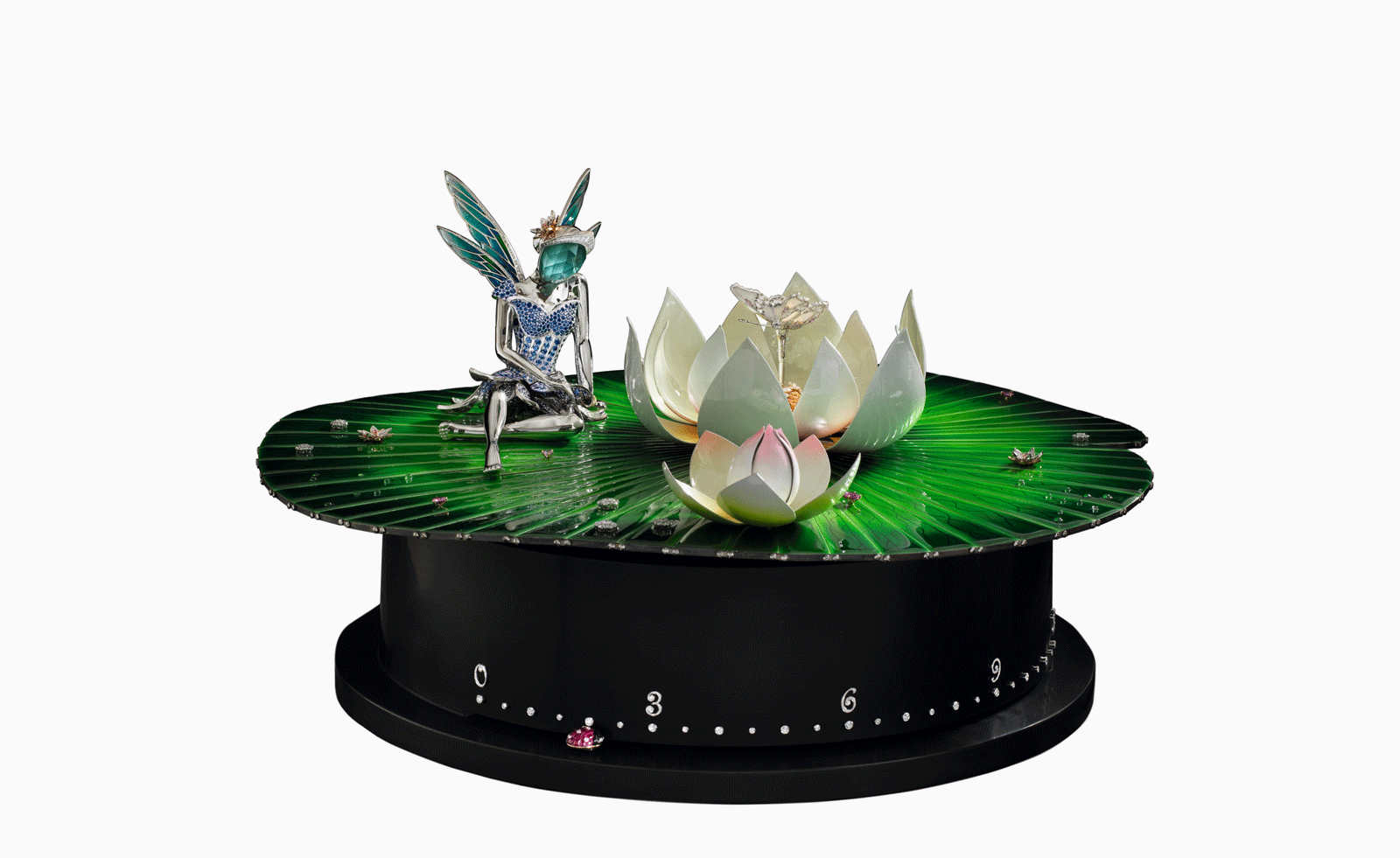
At this year’s Watches & Wonders, Van Cleef & Arpels unveiled Naissance de l’Amour, a one-of-a-kind automaton featuring the figure of Cupid rising from a feathered basket to the sound of a carillon.
Carved from white, rose and yellow gold, and decorated with coloured lacquer and diamonds, it turns gently on itself before disappearing once more, uniting jewellery craftsmanship with intricate mechanics. At its heart is the work of François Junod, the Swiss automaton-maker who has been collaborating with the French Maison since 2017.
Junod was born in 1959 in Sainte-Croix, Switzerland, a village in the Jura mountains with a long tradition of mechanical craft. 'I was born into a family of mechanics,' he says. 'My father, grandfather and great-grandfather all grew up in this mechanical environment.' His formal training combined studies in micro-mechanics at the École Technique in Sainte-Croix with a sculpture and drawing degree from the Lausanne Art School. That dual focus is reflected in his work today, which merges engineering with visual storytelling.
He first encountered the world of automatons as a teenager, apprenticing under a French craftsman named Michel Bertrand, who moved to the village in the 1970s. 'It started with a meeting,' Junod recalls. 'Michel Bertrand came to settle in my village through his son Frédéric Bertrand who was in my class at secondary school.' That early encounter shaped a career now spanning more than 40 years.

The Van Cleef & Arpels Naissance de l'Amour automaton
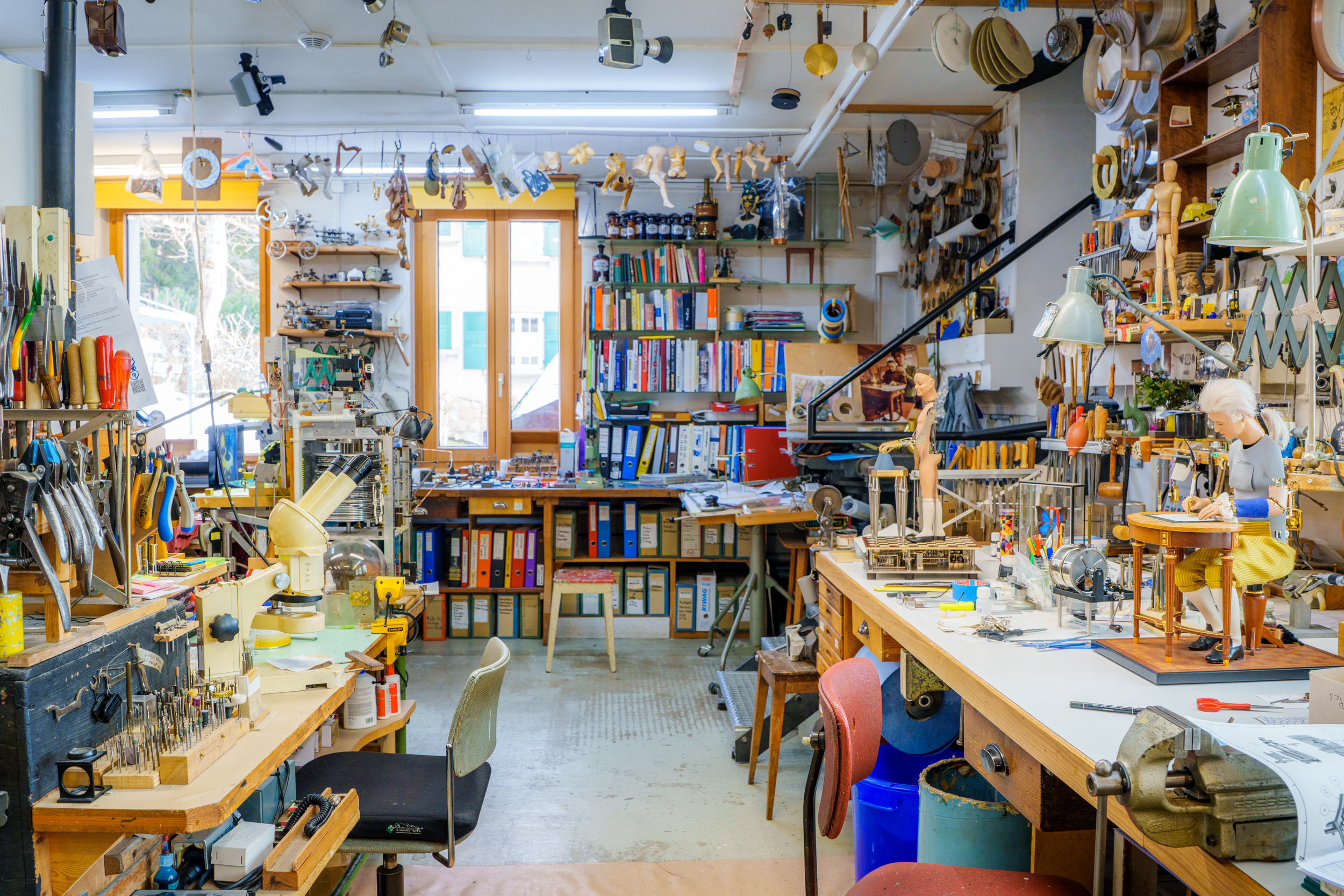
François Junod's atelier
Junod’s work is defined by a refusal to hide its mechanisms. 'In old automatons, the mechanism was often hidden to avoid revealing the secrets of their manufacture,' he says. 'Today, I prefer to show the mechanisms as much as possible – to see the spectacle that is kinetic poetry.' His automata make visible the gears and cams driving their motion. 'The poetry of movement is seen through the finish of the components, the design and symbolic aspect of certain pieces, the proportions and the finesse of execution.'
His collaboration with Van Cleef & Arpels began with Fée Ondine, an automaton unveiled in 2017. A fairy perched on a lily pad animates alongside a butterfly and blooming flowers, with all components working in precise harmony. 'The most challenging part was designing the mechanisms related to jewellery, such as the butterfly and the fairy,' says Junod. 'It was necessary to achieve smooth movements with fairly heavy materials like gold, but also to design articulations without revealing the mechanism. To maintain the poetry and enchantment, the synchronisation of the movements between them had to be perfect, as did the opening system of the two corollas.'
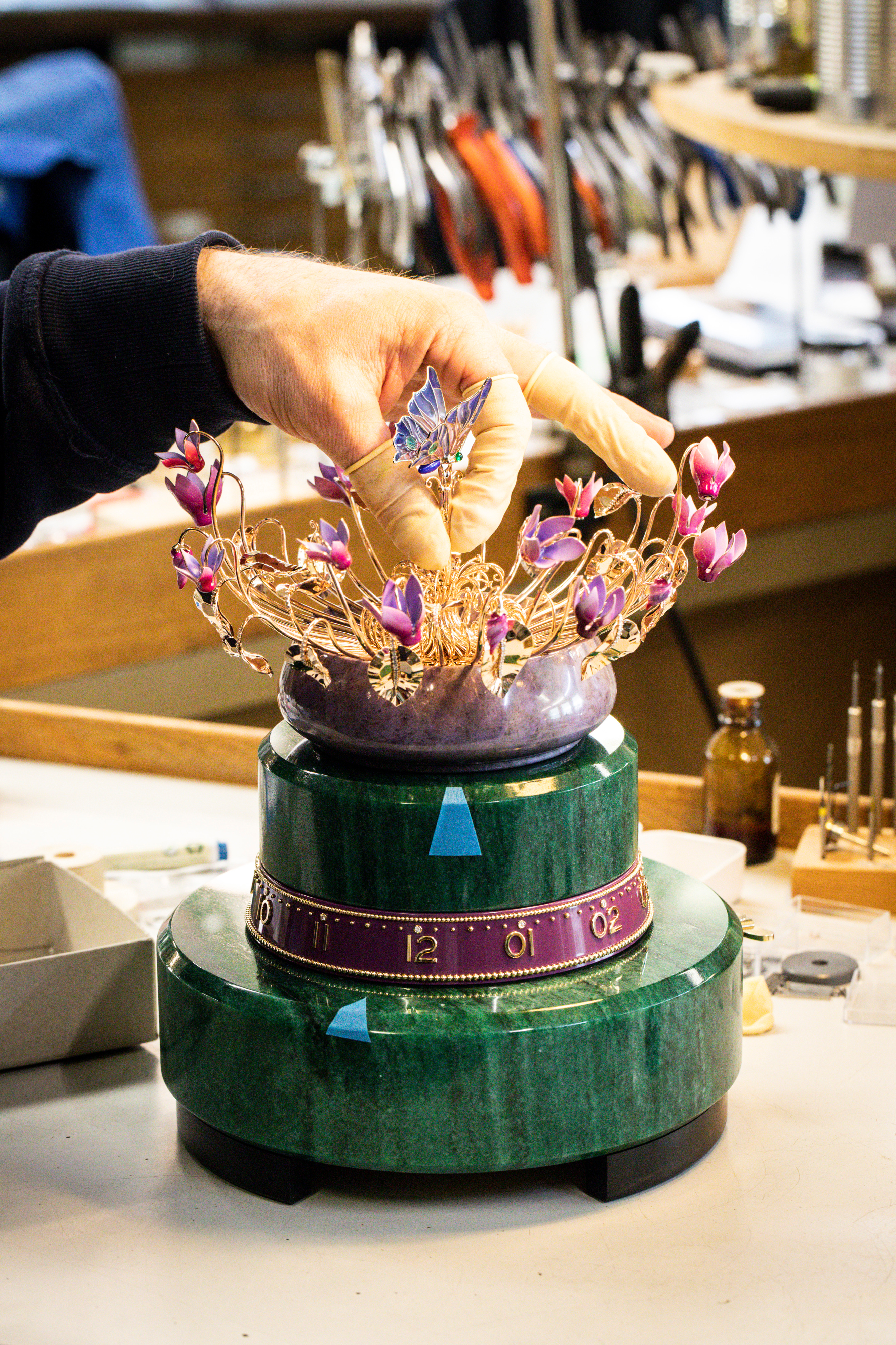
The automaton in progress
Junod’s latest automaton, Naissance de l’Amour, continues this blend of disciplines. Around 30 centimetres high, it centres on a sculpted Cupid with fluttering plique-à-jour enamel wings, who emerges from a basket of feathers with a lacquered colour gradation before retreating into a shell-like chamber. The basket rests in a bowl carved from petrified palmwood, supported by a base of iron eye stone. Time is indicated by a rotating ring at the base, using two lacquered feathers set with diamonds and fixed in place by a diamond-set bow. The mechanism was developed in Junod’s workshop in Sainte-Croix in collaboration with the Maison’s craftspeople, and follows a series of automatons created with Van Cleef & Arpels, including Rêveries de Berylline, Éveil du Cyclamen, and Bouton d’Or.
Receive our daily digest of inspiration, escapism and design stories from around the world direct to your inbox.
'My personal projects don’t allow me to do high jewellery,' Junod says. 'It’s a separate profession, but the two together allow me to create extraordinary objects.' The partnership with Van Cleef & Arpels fulfilled a long-held ambition. 'It’s a dream I’ve had since I was young, when I used to stroll around Place Vendôme,' he adds.
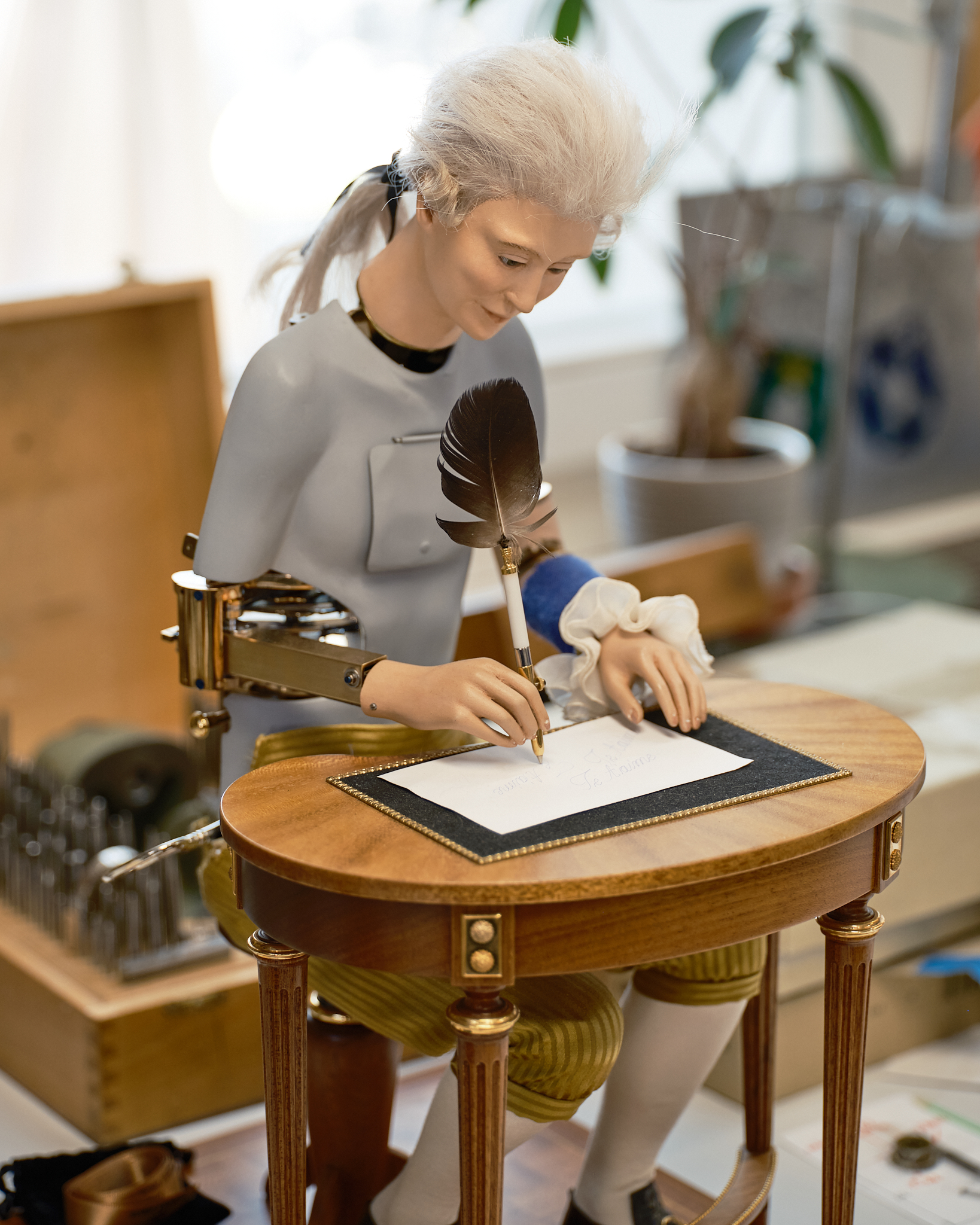
François Junod's atelier, where he is inspired by Japanese culture and their tradition of robotics. Of particular interest to him are the wooden automata produced during the Edo period
Each piece begins with an idea, not a blueprint. 'It is first and foremost an artistic vision with a story to tell,' he says. 'I often start with several ideas that I put together, like a chef preparing a new recipe. Then comes the technical concept, with one or more magic effects. It takes a certain amount of imagination to visualise an automaton in your head before it's built.'
Van Cleef & Arpels has a long history of creating mechanical objects, from powder compacts and beauty accessories to kinetic sculptures. These latest automatons continue that lineage, reviving a tradition from the late 18th century that had largely disappeared. 'Automatons were often created by renowned clockmakers, with support from painting, sculpture, or jewellery,' Junod explains. 'They disappeared with the advent of electricity. I like the idea of restoring the nobility of this forgotten art.'
He never expected automaton-making to re-emerge. 'I’m delighted this is happening, after more than 40 years practising this fascinating craft. Reviving an extraordinary art gives real meaning to my quest for perfection.'

A butterfly, flapping its wings, is at the heart of the veil du Cyclamen automaton, created from diamonds, emeralds, lapis lazuli, and plique-à-jour enamel
-
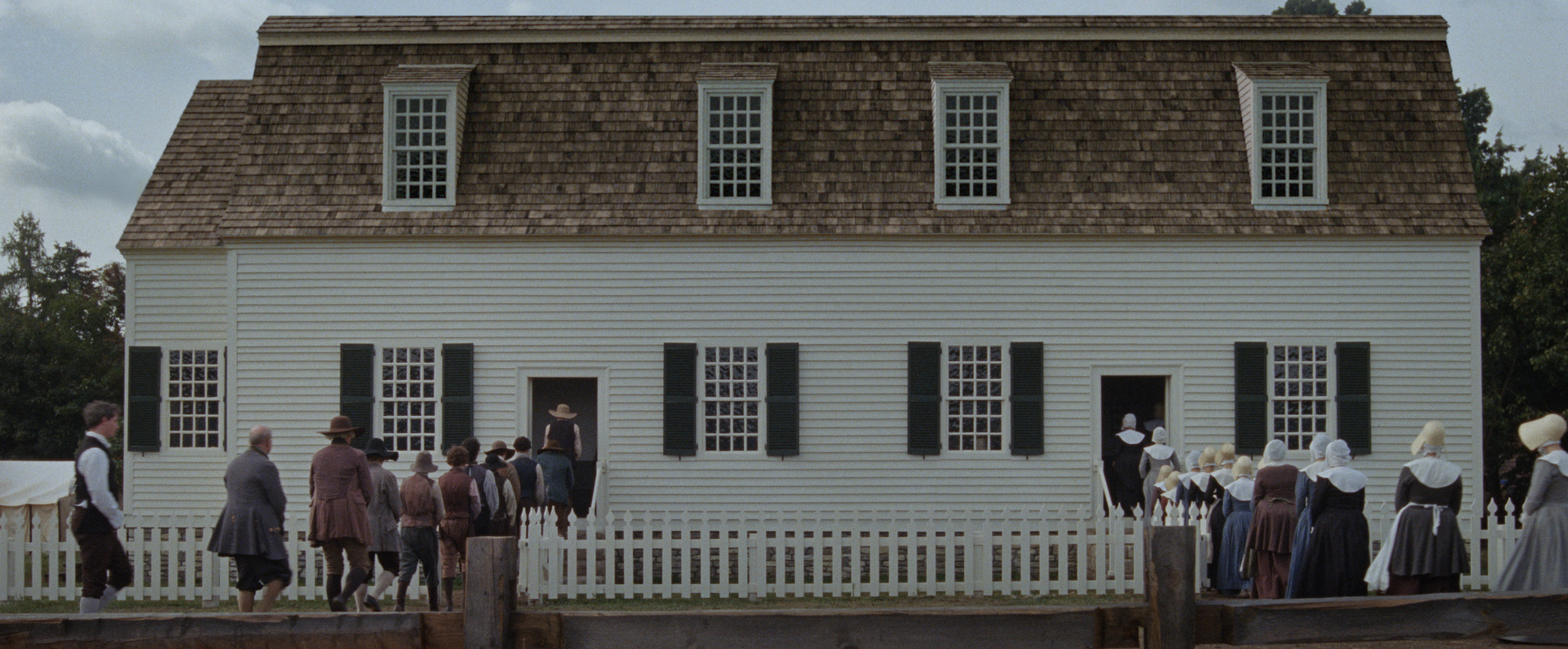 The Testament of Ann Lee brings the Shaker aesthetic to the big screen
The Testament of Ann Lee brings the Shaker aesthetic to the big screenDirected by Mona Fastvold and featuring Amanda Seyfried, The Testament of Ann Lee is a visual deep dive into Shaker culture
-
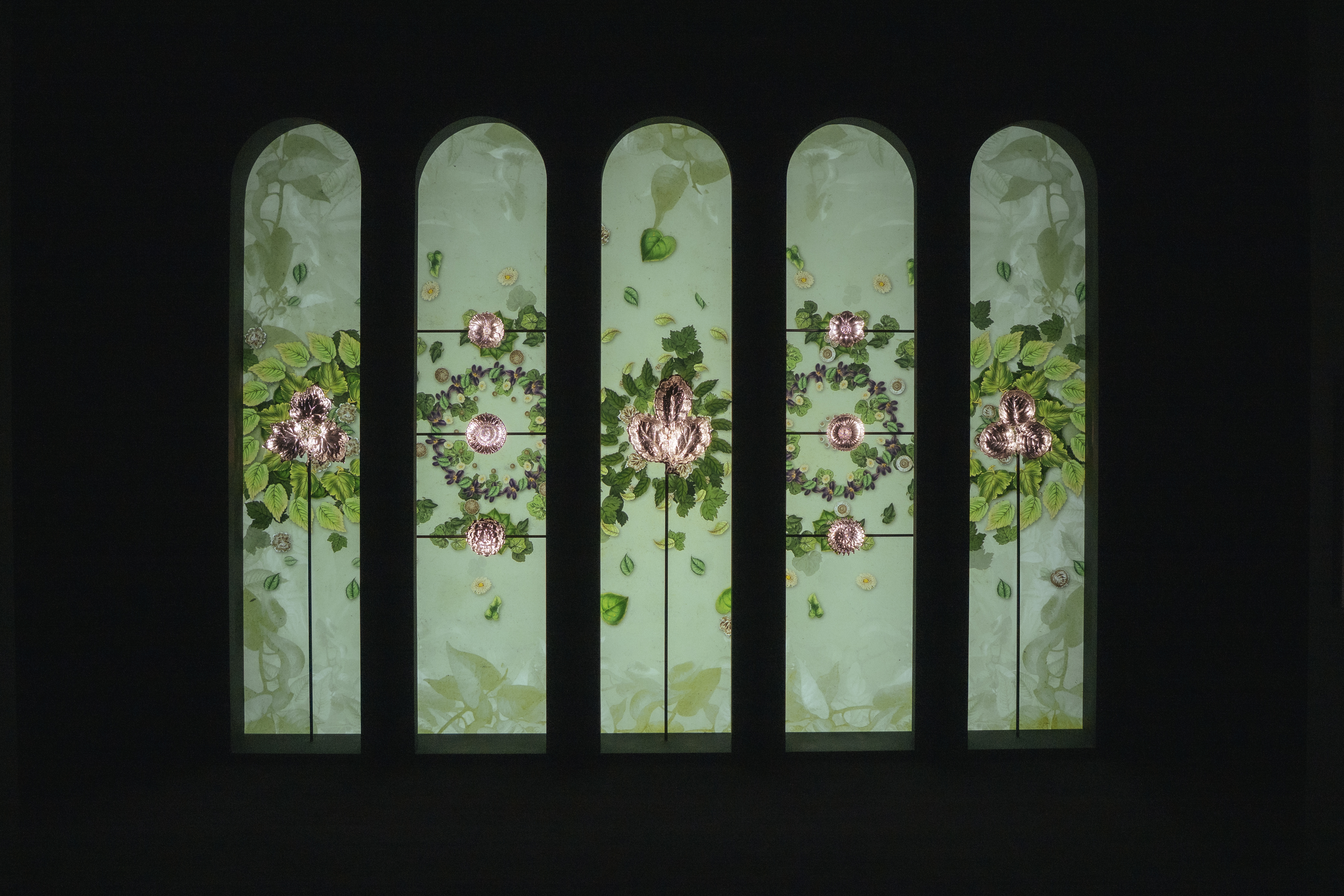 Dive into Buccellati's rich artistic heritage in Shanghai
Dive into Buccellati's rich artistic heritage in Shanghai'The Prince of Goldsmiths: Buccellati Rediscovering the Classics' exhibition takes visitors on an immersive journey through a fascinating history
-
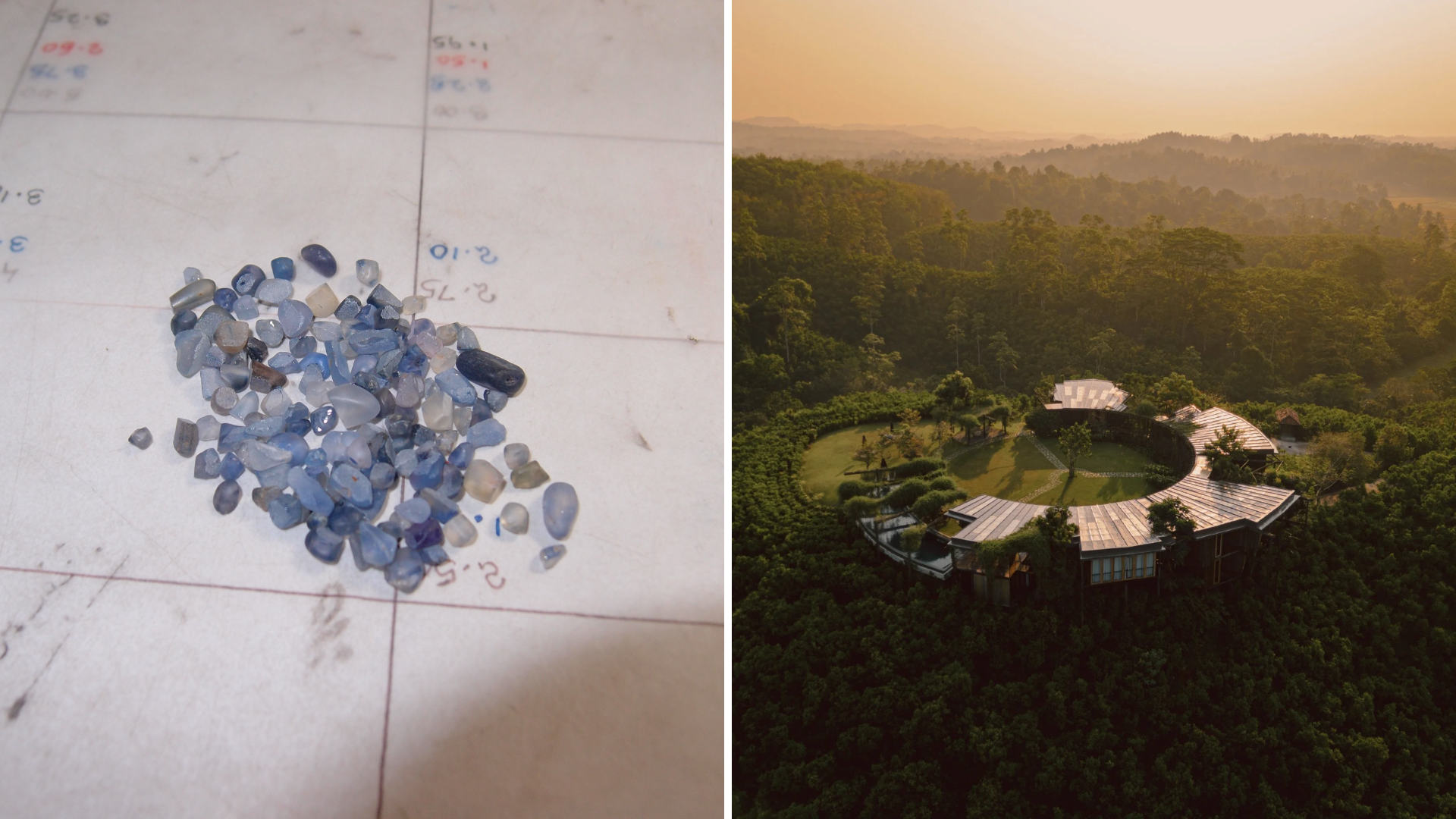 Love jewellery? Now you can book a holiday to source rare gemstones
Love jewellery? Now you can book a holiday to source rare gemstonesHardy & Diamond, Gemstone Journeys debuts in Sri Lanka in April 2026, granting travellers access to the island’s artisanal gemstone mines, as well as the opportunity to source their perfect stone
-
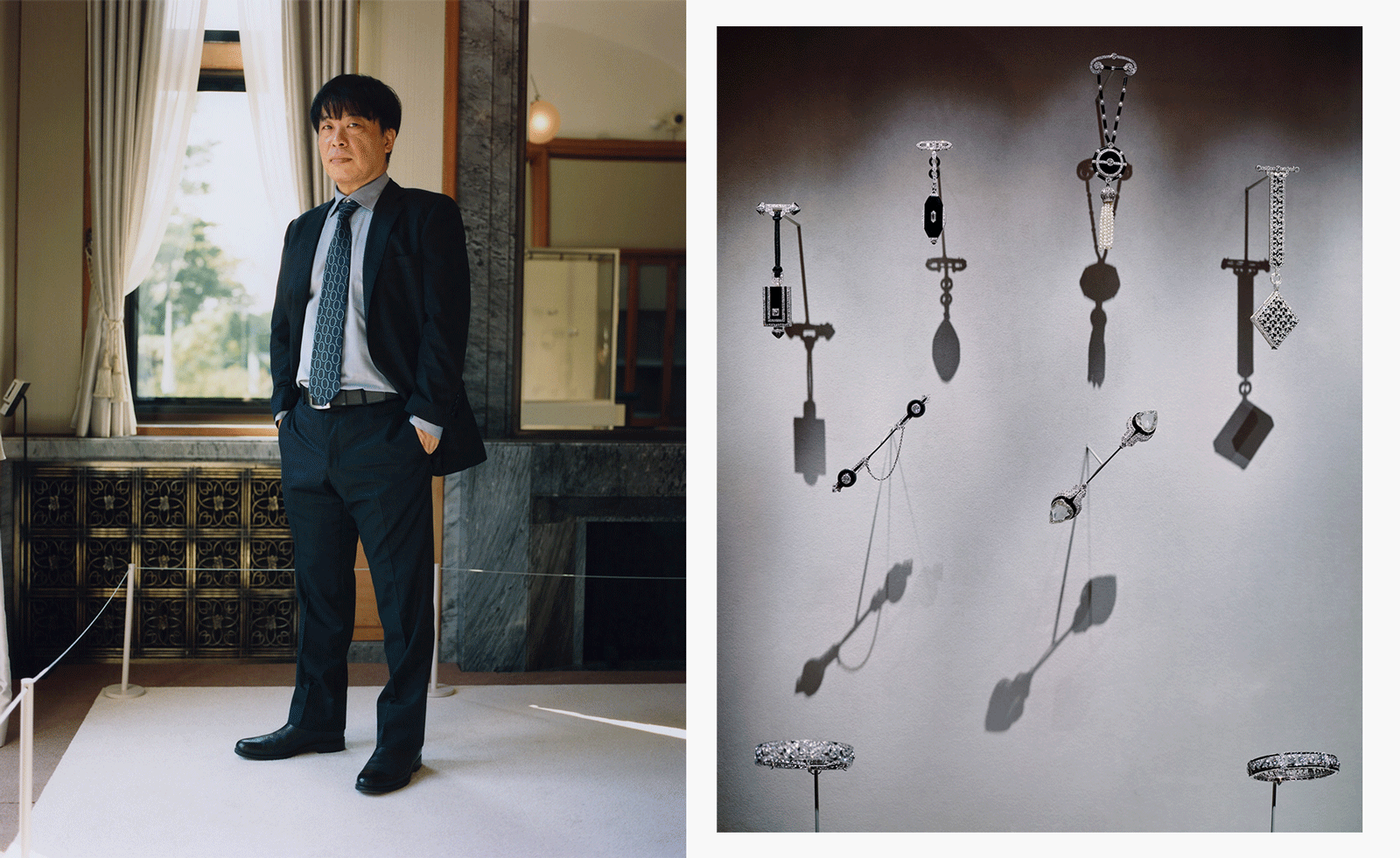 Van Cleef & Arpels celebrates the early flowering of its art deco jewellery designs with an exhibition in Tokyo
Van Cleef & Arpels celebrates the early flowering of its art deco jewellery designs with an exhibition in TokyoVan Cleef & Arpels nod back to an illustrative Art Deco history with an exhibition celebrating its influence
-
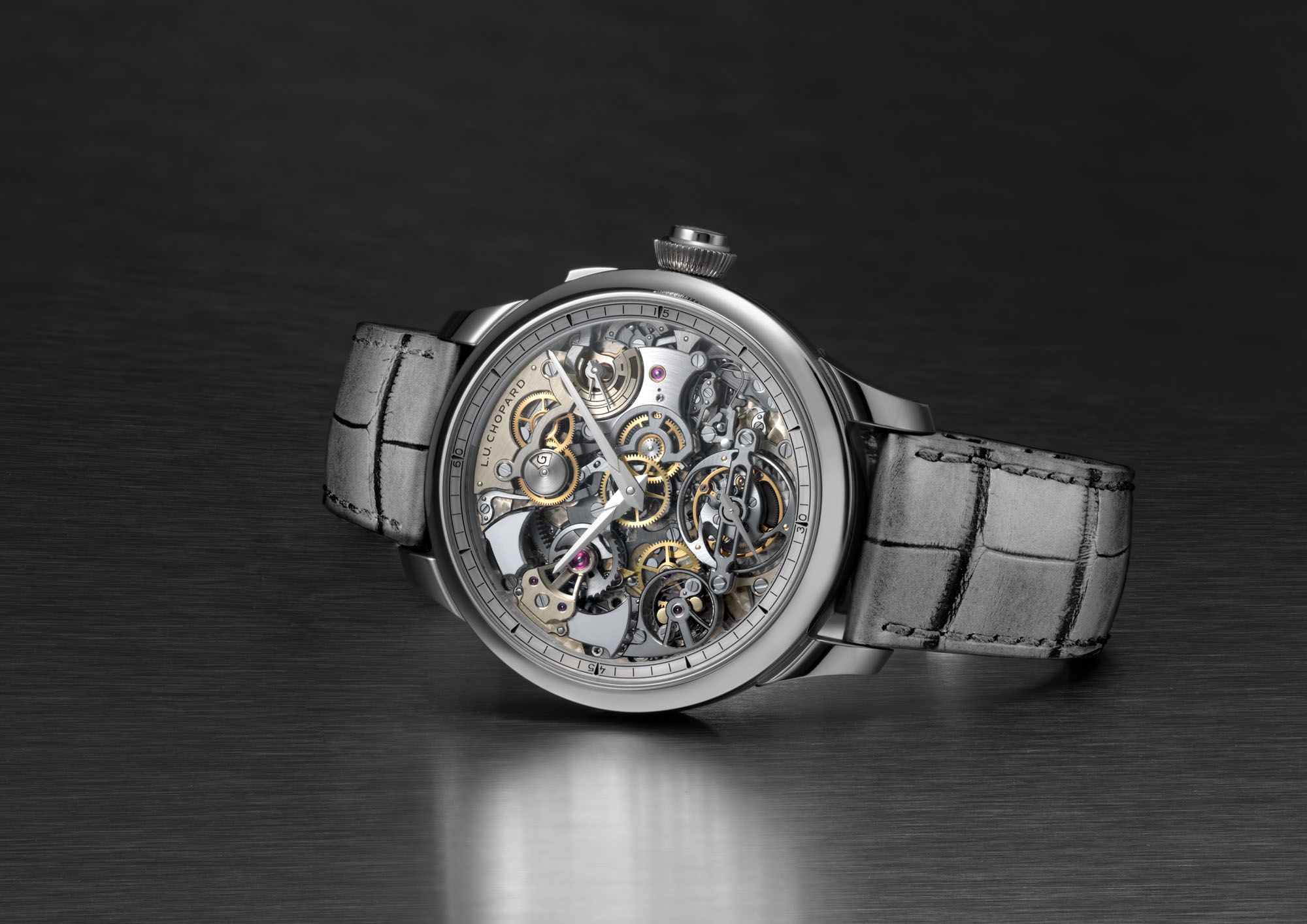 At Dubai Watch Week, brands unveil the last new releases of the year
At Dubai Watch Week, brands unveil the last new releases of the yearBrands including Chopard, Louis Vuitton, Van Cleef & Arpels present new watches at Dubai Watch Week
-
 This season’s high jewellery smoulders in sunset shades
This season’s high jewellery smoulders in sunset shadesVivid hues and striking silhouettes combine in new high jewellery from Van Cleef & Arpels, Cartier and Tiffany & Co
-
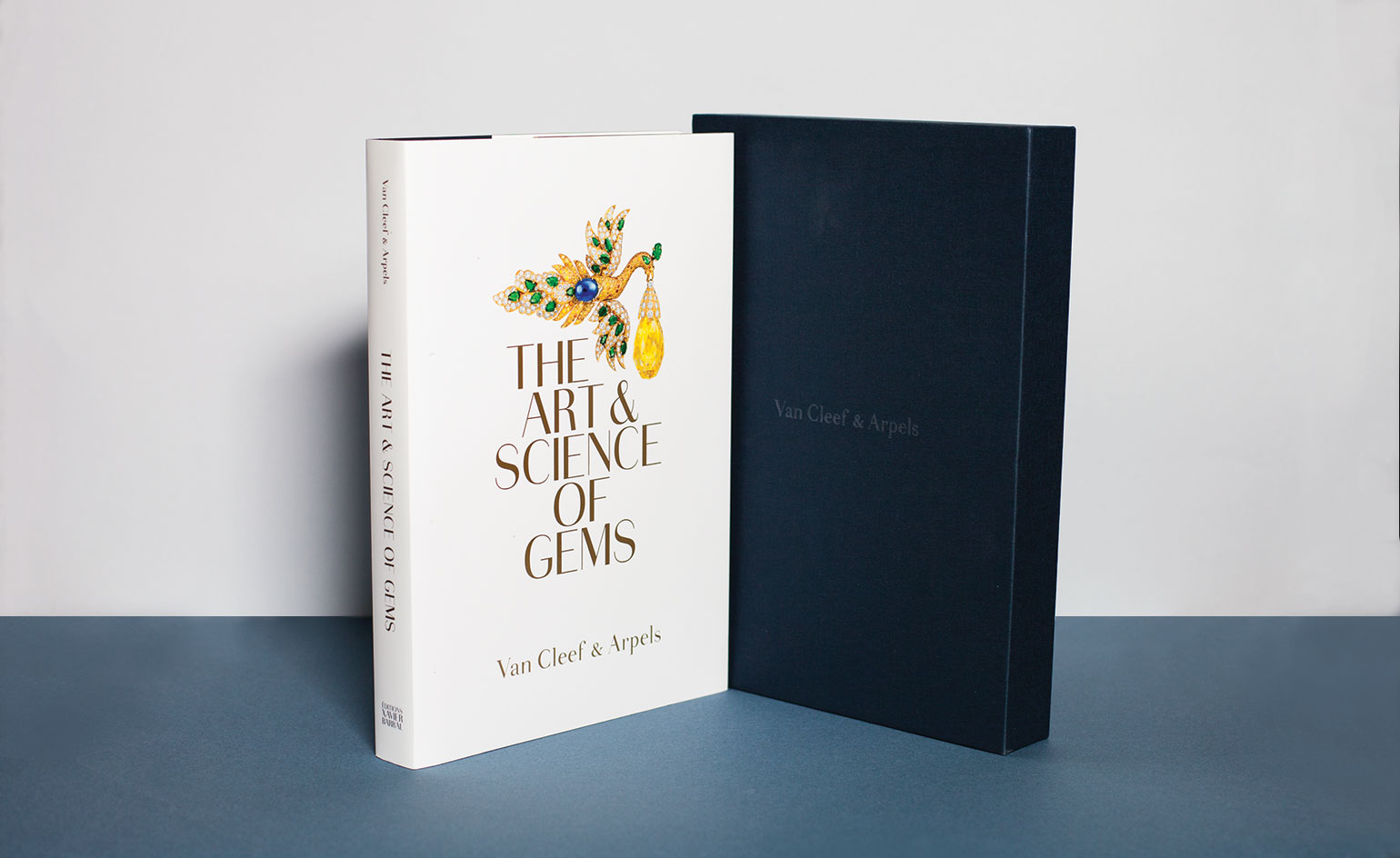 Fantastic fusion: Van Cleef & Arpels’ homage to the beauty of art and science
Fantastic fusion: Van Cleef & Arpels’ homage to the beauty of art and science -
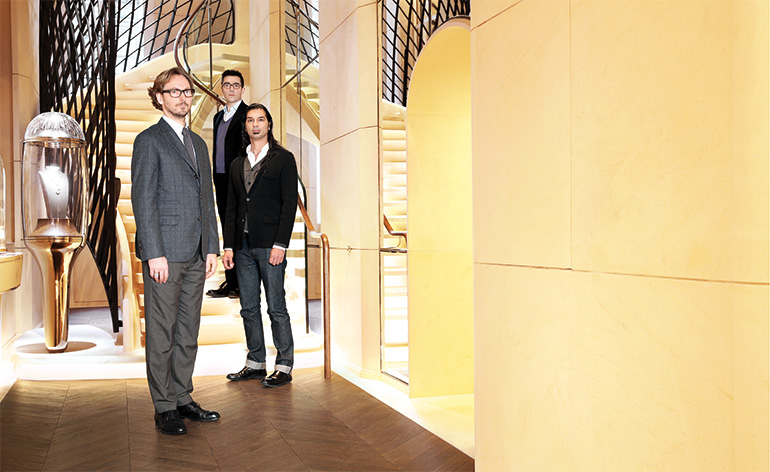 Wonder walls: how Van Cleef & Arpels stays ahead of the curve
Wonder walls: how Van Cleef & Arpels stays ahead of the curve -
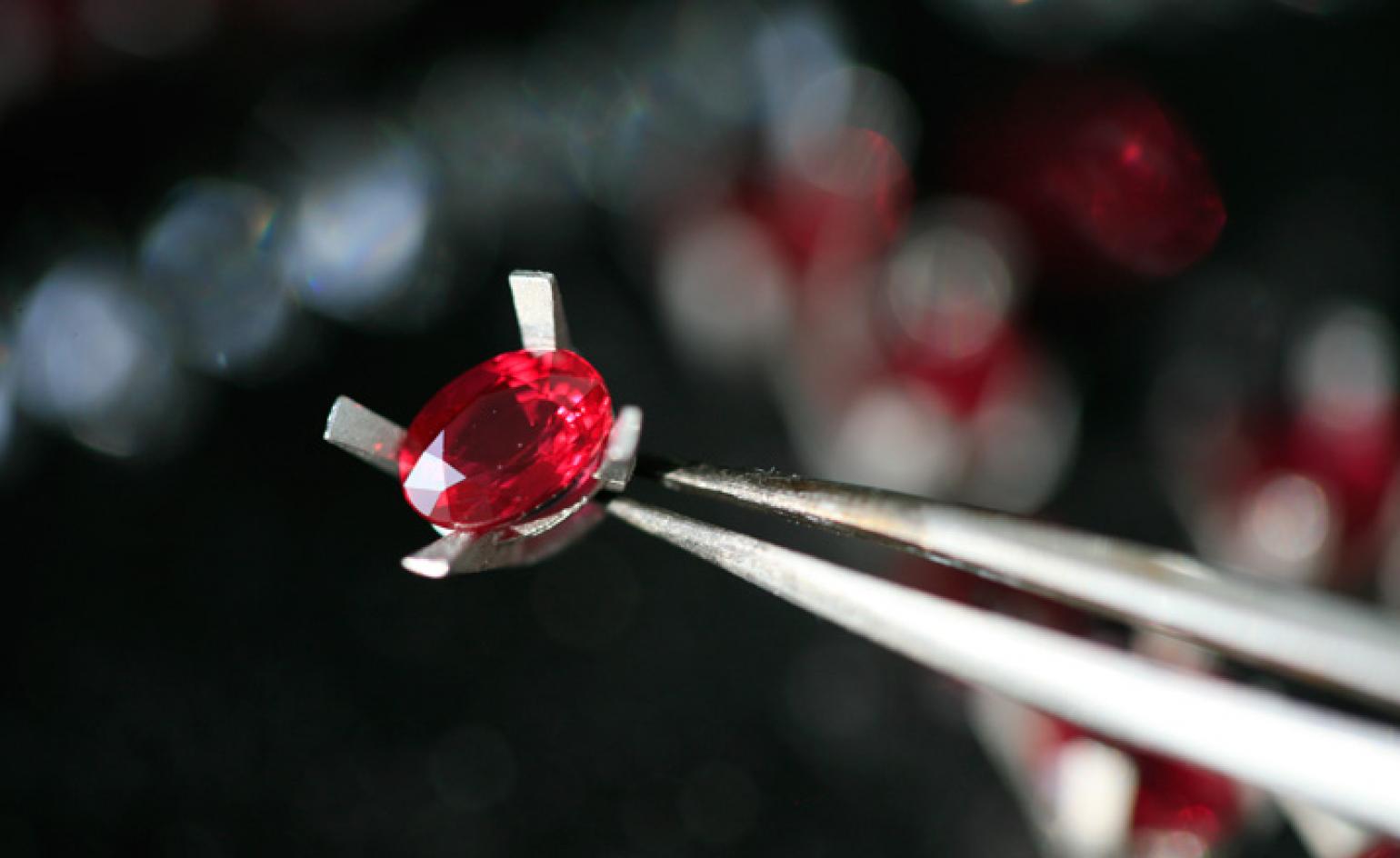 L’École Van Cleef & Arpels opens in Paris
L’École Van Cleef & Arpels opens in Paris